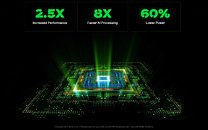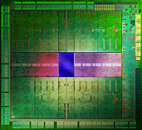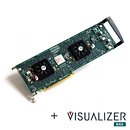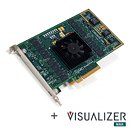Imagination Announces E-Series GPU IP with Burst Processors and up to 200 TOPS
Imagination Technologies redefines edge AI and graphics system design with the launch of Imagination E-Series GPU IP. E-Series leverages its highly efficient parallel processing architecture to provide exceptional graphics performance while also scaling from 2 to 200 TOPS INT8/FP8 for AI workloads. It offers a versatile and programmable solution for future edge applications including graphics, desktop applications, natural language processing on smartphones, industrial computer vision, and vehicle autonomy.
Two new technologies underpin E-Series' potential to transform edge system design:
Two new technologies underpin E-Series' potential to transform edge system design:
- Neural Cores: Scaling up to 200 TOPS (INT8/FP8), these cores deliver significant acceleration for AI and compute workloads.
- Burst Processors: A highly innovative solution delivering a 35% improvement in average power efficiency for edge applications.






















